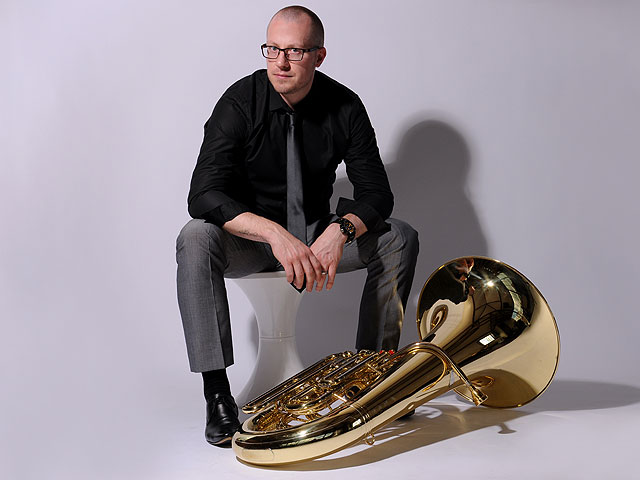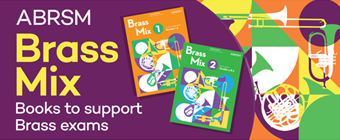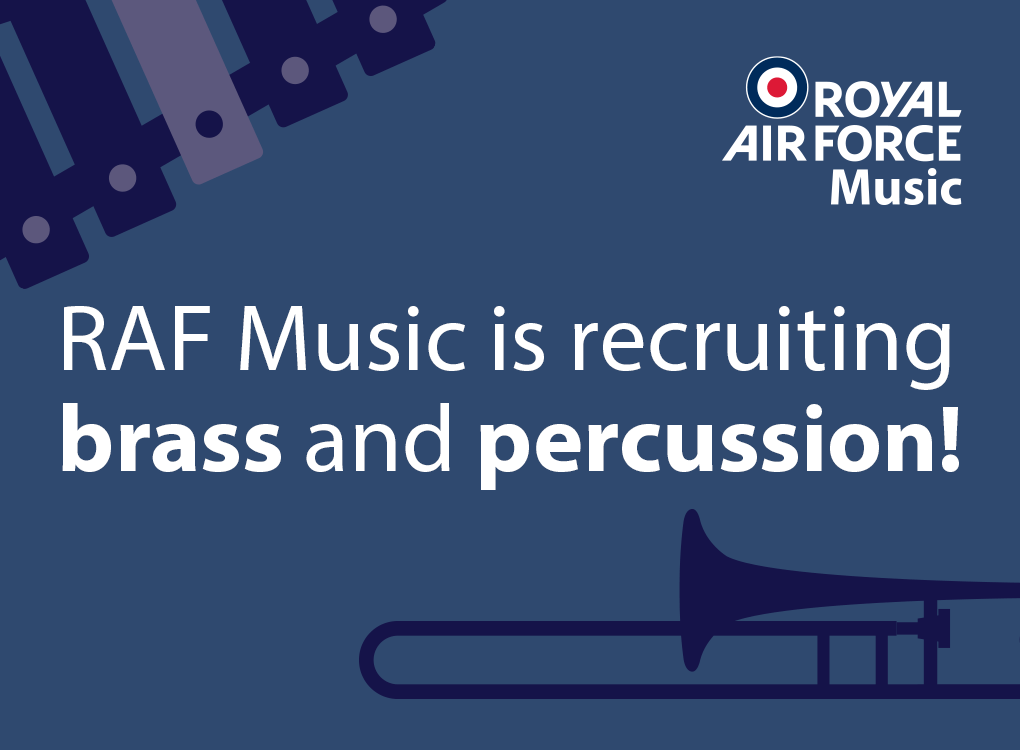
Steve Walsh ready for some tuba action
My background is of course with the euphonium, having spent some 15 years of my career performing and aiding in the development of Yamaha instruments - most recently Yamaha’s Neo line.
However, I have also developed my playing with time spend in the sections of two of the brass band world’s most formidable tuba teams at Brighouse & Rastrick and Black Dyke - bands that have bass foundations that you could build a skyscraper on let alone a test piece performance.
Opinion
As a personal opinion I feel that over time the EEb tuba is in danger of losing its identity in the brass band setting: Bigger is not always better.
Clarity and tonality are key features of great bass ends - with a strong link required to be put in place between the bass section and the euphoniums so that the bottom end of the band can produce volume without losing a balanced homogenous sound.
The ‘engine room’ only works with quality components too - so if you want to maintain the great brass band values that come with warmth and depth of sound, you need instruments (and players) that are up to the task. Size isn’t everything!
Questions to be asked
When I’m testing any instrument, I ask several opening questions:
Does the instrument create a rich full tone and can this be easily projected in all registers?
Are all registers free and easy blowing with no ‘stuffy’ notes?
Is the instrument in tune throughout the complete register and at all dynamic levels?
Are there smooth changes between intervals?
Has thought been put into the build quality and instrument layout for ease of use?
Tonal quality and projection
Tonal quality and projection should always be at the forefront of a performer’s mind when testing an new instrument.
The Geneva ‘Symphony’ produces a clear, pure tone that projects well at all dynamic levels without the sound breaking at any point, with clean and precise articulation achievable throughout the range - especially in the lowest register.
Top and bottom register
For any budding soloists, it also produces a sweet well rounded sound in the upper register, with precise articulation rewarded with razor sharp clarity in projection.
Generally speaking, the instrument blows clear and free from any stuffiness, with the exception of high Bb and B, both of which I found a little less clear. However that can be worked on and soon becomes unnoticeable.
I found the floating lead pipe worked well, letting the bell vibrate and project at louder dynamics.
The only downside to start with was that I found that you needed to work a little harder whilst playing quieter passages to keep the same tonal quality.
It’s well worth working on though, as is the lead pipe position, which although not unnatural does take a little while to get used to.
Intonation
The greatest strength however is the instrument’s intonation, which is amongst the best I’ve found.
The ‘Symphony’ is extremely accurate from bottom to top with no obvious flatness in the upper register, allowing you as a performer to really concentrate on the sound quality you’re trying to project.
Intervals
Simple to extreme intervals are easily achievable with the low register being the instrument’s finest feature: It’s so smooth in moving passages with every note producing a huge dark tone.
Spending time looking around the ‘Symphony’ tuba, you’ll find that the overall build quality is very good with all slides fitting snugly with free movement when required.
Design and quality
There’s also a lot of room in the middle area of the instrument making it easy to remove lower valve caps and helping when it comes to cleaning, and there is a nice addition of a rear first valve slide making it easier to remove any watery debris!
Having said all this, I do have a small issue with the valves being positioned slightly wider in comparison to other tubas, meaning your fingers may have a little stretch.
However, given that we are all getting bigger, small tuba players are becoming a bit of a rare breed!
This isn’t really a problem though, but it may take time to get used to for those all important running semi quavers brass band bass players now have to try and play!
The valves themselves are excellent - machined well and with a good action.
Summing up
Overall Geneva has come up with a realistic alternative from the usual brand leaders for tuba players to try.
It gets very high marks indeed for playability and has a sonorous tone which sits equally as well in the hands of a soloist as it does in the band environment.
Steve Walsh MA
http://www.stevenwalsh.co.uk









